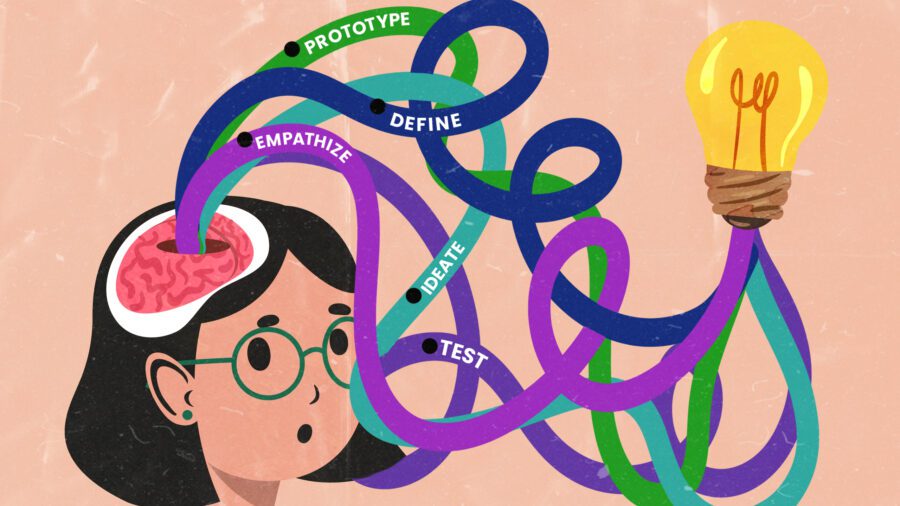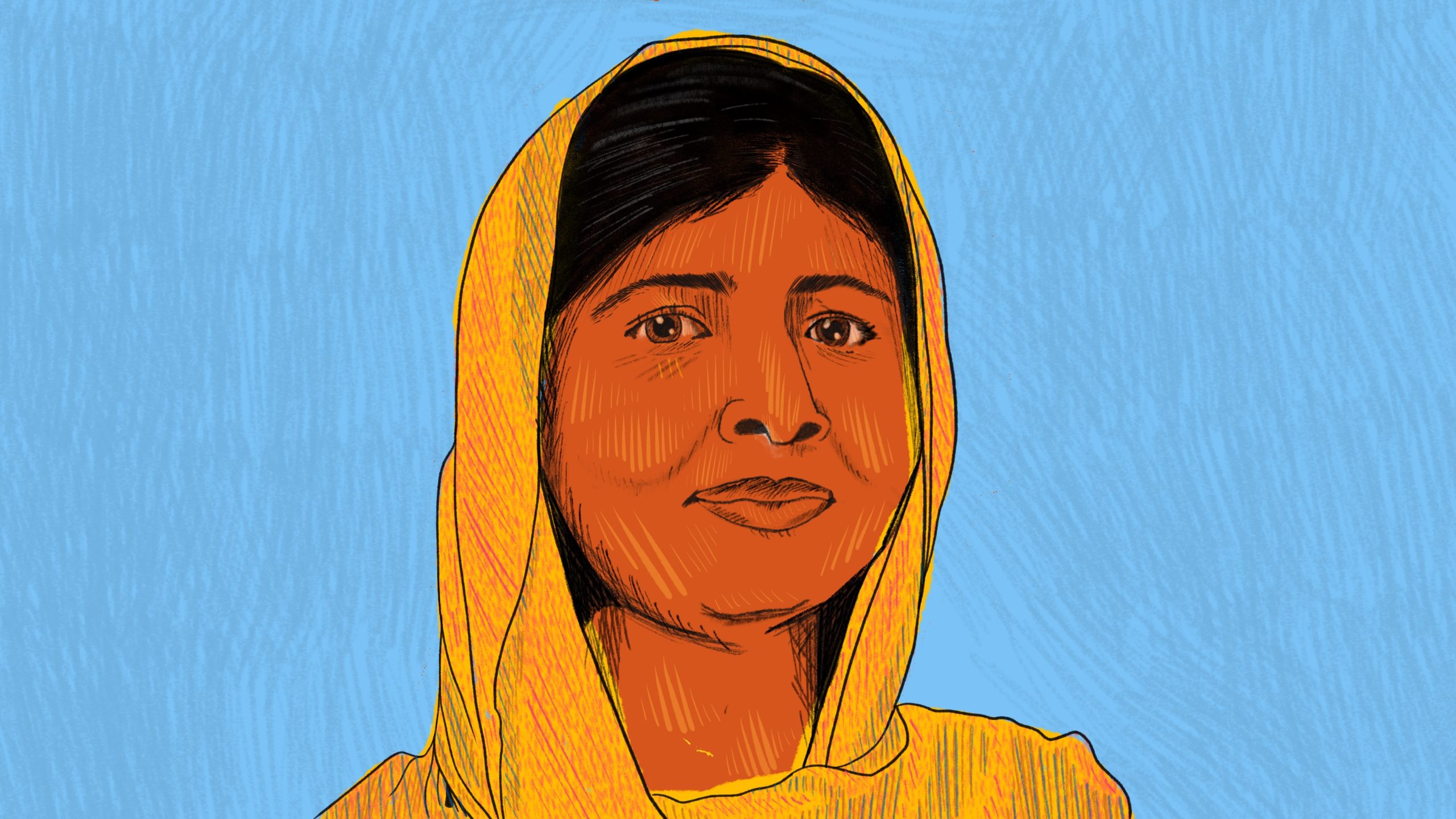
Malala Yousafzai: The Pakistani Schoolgirl Who Changed the World
“One child, one teacher, one book, one pen can change the world.” – Malala Yousafzai
What were your dreams as a child?
Maybe you dreamt of what you wanted to be when you grew up, like an astronaut, a doctor, or a lawyer. Or possibly the dreams were even more abstract — like dreams of being a knight in shining armor who conquered dragons or saved the day.
One remarkable aspect of childhood is our innate curious nature. We want to explore our surroundings, learn new things, and dream of things that only someone with a childlike wonder could imagine.
For Malala Yousafzai, her childhood dream was something many of us take for granted every day — an equal opportunity for education.
Malala works hard every day to be the voice for the voiceless in her home country of Pakistan and fight for education equality for young girls and women throughout the world. Her dream for a better future for the lives of women around the world earned her the honor of being the youngest Nobel Peace Prize laureate of all time, and she continues her campaign for education through the Malala Fund.
If you’re looking for an inspiring story of courage, you’ve come to the right place. Malala’s story of bravery, selflessness, and education activism is a shining example of what it means to be bold.
Malala: The Happiest Girl in the World
What is the furthest you would go to gain an education? Would you wait for hours for the bus to reach your home or walk for miles through inclement weather?
Would you be willing to risk your life?
Malala was born in 1997 to a Pashtun family from the Swat Valley of Pakistan, and though her name means “grief-stricken,” she lived her early years leading a fairly happy life. In fact, Malala often says that as a child, her grandfather turned the meaning of her name upside-down and referred to her as “the happiest girl in the world.”
However, it wasn’t long before the happiest girl in the world would experience adversity. Her father, Ziauddin Yousafzai, was an educational activist who had made it his life’s goal to see equal educational rights for all children. Over time, he and the rest of his family began running a chain of schools throughout the region.
The Invasion of the Taliban
Although Malala’s family took great pride in championing education in the region, their views weren’t shared by all. To many, a young woman’s education was seen as unnecessary, and her family’s efforts contradicted the views of many in her hometown of Mingora.
Differing political views continued to grow and eventually culminated with the Taliban invasion of Mingora in 2008. During this time, the Taliban enforced strict rules regarding education and other pursuits of knowledge, including owning televisions and listening to music.
This invasion ultimately forced Malala’s family to flee their hometown and settle in the neighboring village of Shangla. While she was there, Malala began speaking out about the mistreatment of her people. Her outspokenness gained the attention of many, including the BBC.
Writing a BBC Blog
In early 2009, when she was only 11 years old, Malala raised her voice.
With the power of BBC Urdu behind her, she began publishing her diary on the BBC blog, documenting the militant occupation of the Taliban in her native area. Malala’s voice quickly grew from a small whisper throughout her native region to a shout heard worldwide.
Throughout 2009, she gained increased notoriety, frequently appeared on public television, and was even featured in a documentary film by Adam B. Ellick to advocate for female education and shed light on the Taliban’s fear of education. (Disclosure, the film contains graphic violence that may not be suitable for some viewers)
By 2011, Malala was seen as the “progressive face of Swat” and received a nomination for the International Children’s Peace Prize by KidsRights. Still, her public notoriety gained more than media focus — it also gained the attention of those who wished to silence her.
October 9, 2012: A Day that Changed Malala’s Life Forever
Even though the Pakistani military officially removed the Taliban from power in late 2009, the militant group tried to retain its hold on the Swat valley — including their effort to eliminate female education from the area. On October 9, 2012, Malala’s path would cross those trying to keep her voice from being heard.
The day seemed like a typical school day for 15-year-old Malala. She attended school, took an exam, and boarded the bus on the way home. Little did she know that her life would take a drastic turn.
Instead of reaching its destination, her bus was stopped by members of the Tehrik-i Taliban Pakistan. A gunman boarded the bus and asked, “Who is Malala?”
After determining his target, the gunman opened fire on the bus — one shot hit Malala in the head, leaving her in critical condition, and injured two other girls on the bus.
Join In 200 Million+ On The Journey to Greatness
The Unsettled Days Following Malala’s Shooting
The bus drove the injured girls to the hospital soon after the shooting, but as the girls arrived, it was apparent that Malala’s situation was incredibly delicate. She was still conscious after being shot, but her condition deteriorated rapidly.
Shortly after arriving at the local hospital in Swat, doctors realized Malala needed more medical attention than they could provide. With the help of the Pakistani military, she was immediately transferred to the Combined Military Hospital in Peshawar.
While at the hospital in the Peshawar, doctors operated to remove a fractured portion of her skull and successfully stabilized Malala’s condition. However, she still wasn’t out of the woods yet.
After a short period in intensive care at the Peshawar hospital, Malala’s condition was still uncertain due to the quality of post-operative care. As a result, Malala was airlifted to a third hospital in Islamabad, where she spent a few days and was determined to be stable.
An Unconscious Trip to the United Kingdom
While in the hospital in Islamabad, doctors deliberated over the lifelong effects of Malala’s injuries and determined that she needed better rehabilitative care than they could provide in the country.
Malala’s intensive care specialist — Fiona Reynolds, a doctor from the UK — suggested that Malala had the best chance of fully recovering if she was transported to Birmingham, England. With the aid of the Pakistani government, she was successfully transported to the United Kingdom while still under a medically induced coma.
On October 15, 2012, Malala opened her eyes for the first time in nearly a week, and though she was in a strange country surrounded by people she didn’t know — Malala was alive.
Recovery: Nobel Peace Prize Laureate and The Malala Fund
The following months after her arrival at Queen Elizabeth Hospital in Birmingham held a long road to recovery for Malala. In addition to learning how to walk and talk again, Malala underwent several surgeries to repair a portion of her skull and insert a cochlear implant to maintain her hearing.
Despite all of the things that had happened to her, Malala maintained a positive outlook on life. On her birthday in 2013, just nine months after her shooting, she spoke at the UN Headquarters in New York at a special youth assembly.
The Creation of The Malala Fund
As 2013 continued, Malala’s drive to change the world through education activism continued. That year, she established the Malala Fund, an international non-profit organization that advocates for the education and empowerment of school-age girls worldwide.
Since its creation, the Malala Fund has directly invested in the lives of education activists throughout the world. The support of Malala’s non-profit enables people to speak out against education inequality and challenge unfair policies around the globe.
As a result, millions of girls in Pakistan, Afghanistan, Brazil, Ethiopia, India, and more have access to an education that would otherwise have been unattainable.
The Nobel Peace Prize
On December 10, 2014, Malala gained another platform to let her voice ring out to the world. At just 17 years old, she became not only the youngest person to achieve the honor of becoming a Nobel Laureate but also the first Pashtun and Pakistani to receive the award.
During her passionate Nobel Peace Prize speech, Malala challenged both governments and individuals around the world to find ways to end educational inequality worldwide. She urged those in attendance and listening worldwide to commit to her goal to end educational deprivation for #TheLast time.
How Will YOUR Voice Be Heard?
The chances are that you aren’t in the same position as Malala was in her early teenage years — a young girl faced with the threat of death if she stood up for herself — but that doesn’t mean your voice is less powerful.
When people ask Malala about how the incredible things she has done have changed her life, she responds by saying that she is still the same Malala.
She is still an ordinary girl who went to school, carried on with her studies, and graduated from university. Malala’s goal isn’t to live in the spotlight and carry out a life of a celebrity — it is to make a change in the world through her voice while leading an everyday life.
So, that leaves us with a simple question for you: How will you stand up and share your voice with the world?
If you would like to learn more about Malala and help champion her cause, read her autobiography, I Am Malala, and consider donating to the Malala Fund to change the lives of girls worldwide.
Cheers to changing the world, and cheers to greatness.
Greatness Authors
Greatness Authors is a collection of writers, thinkers, curiosity experts, and students of the world who are committed to bringing you the most up-to-date, impactful, and inspiring information surrounding Greatness topics.
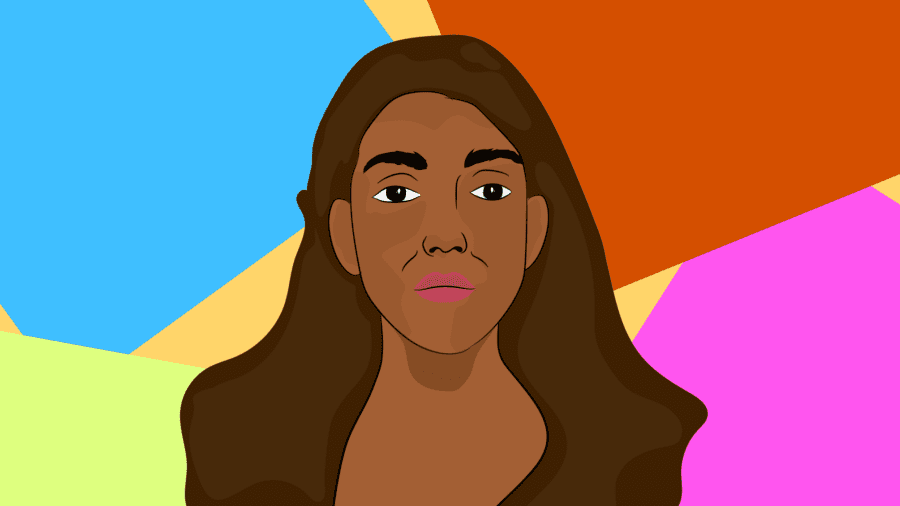
Redefining Poetry: How Instagram Sensation Rupi Kaur Showed That Poetry Is for Everyone
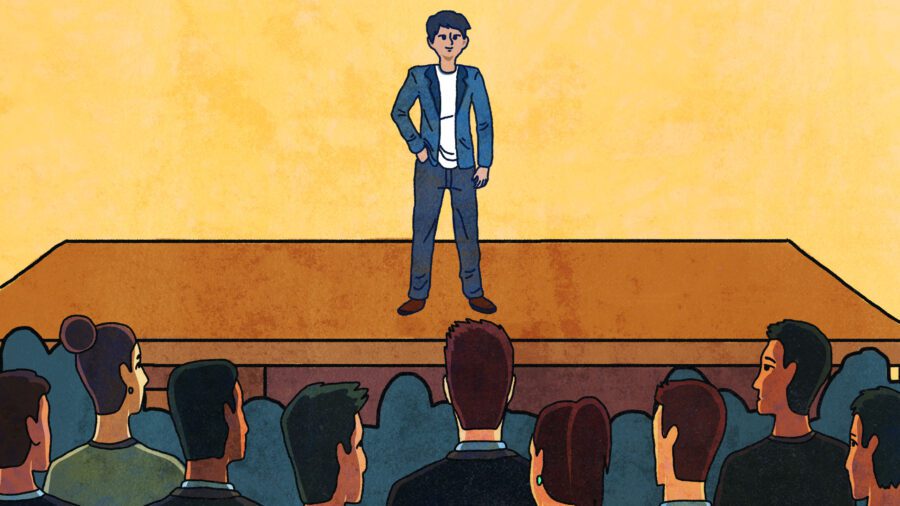
The Young Professional’s Guide to Advocating for Yourself at Work & Setting Healthy Boundaries
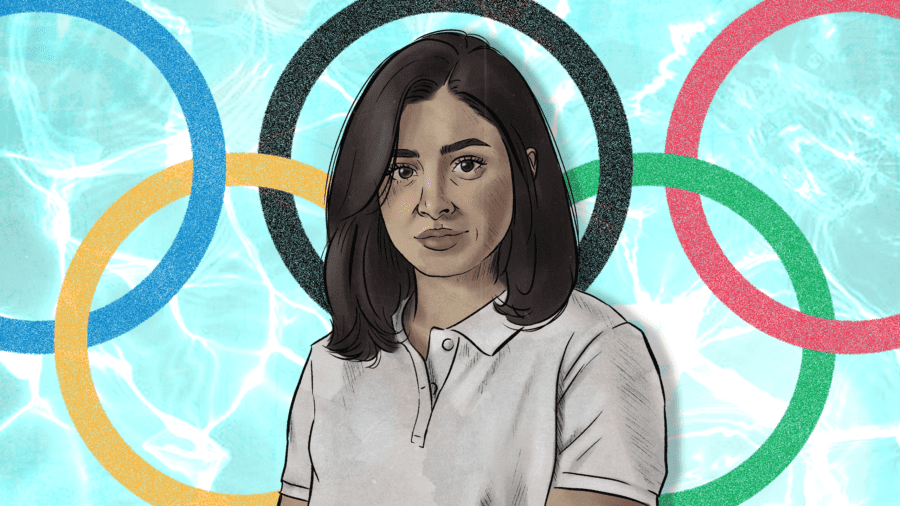
Olympian Yusra Mardini’s Incredible Story of Resilience, Rescue, and Refugee Rights

A Beginner’s Guide to Effortlessly Attracting Money and Growth Opportunities
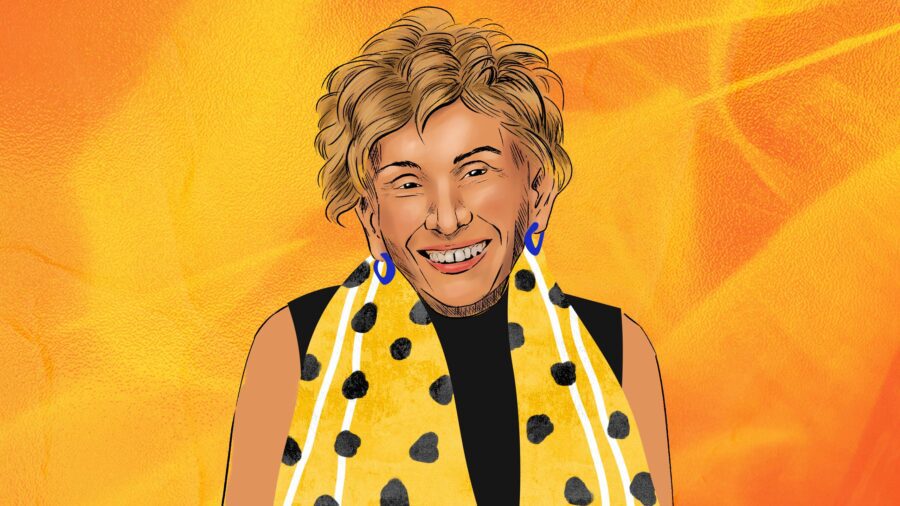
Psychologist Edith Eger’s Inspirational Journey to Find Forgiveness and What It Means for You
